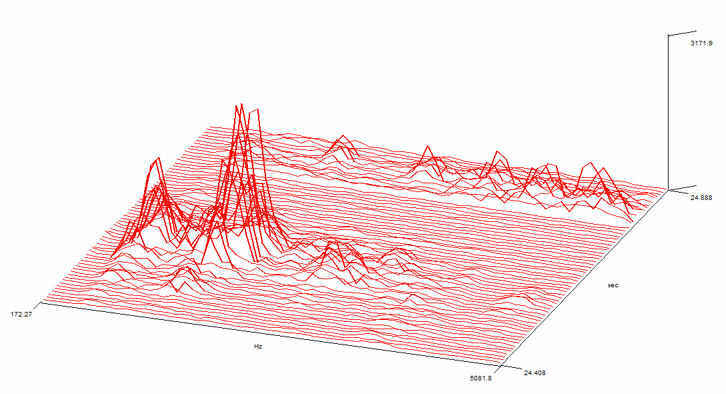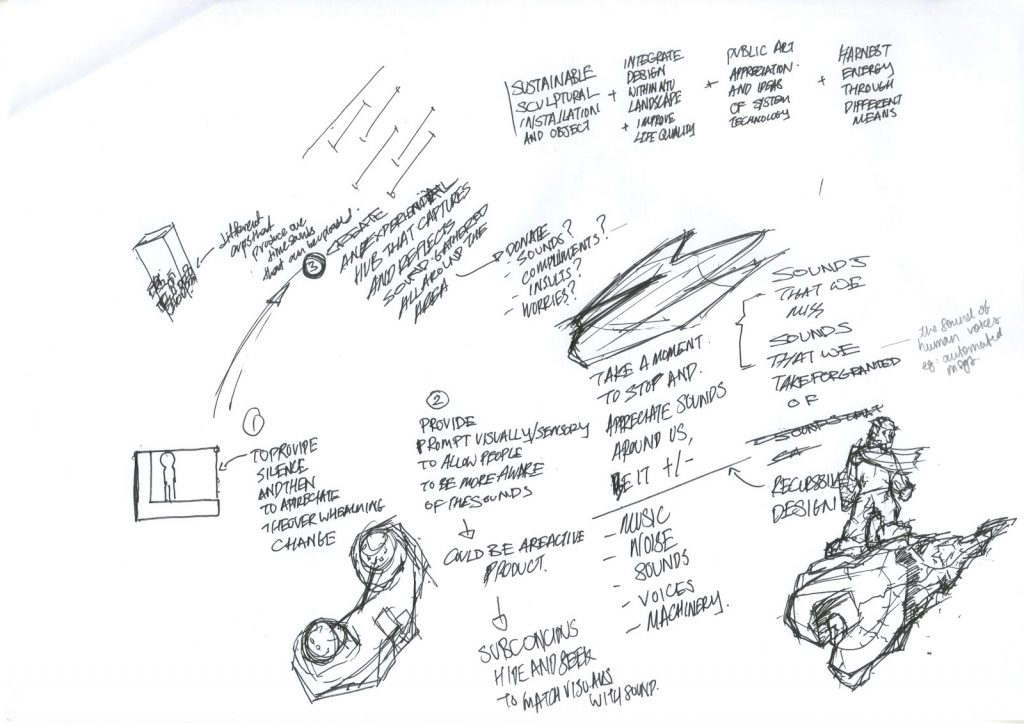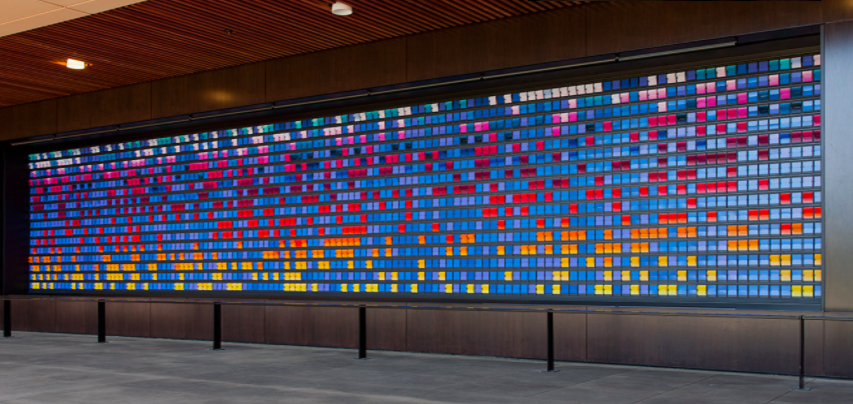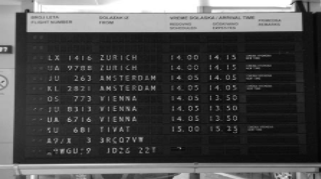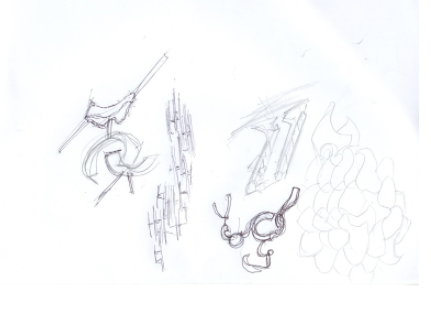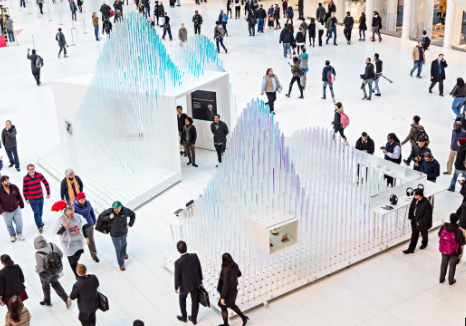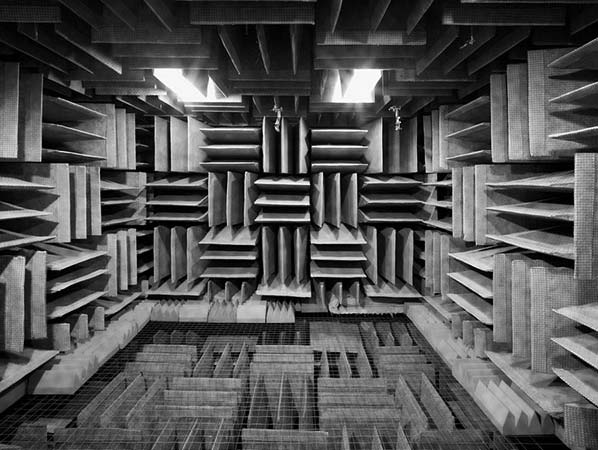We started by listing out some of our main focuses for this project.
Themes & thoughts: Time through sounds.
“An invitation to PAUSE, view, be with, and to explore.”
“To bring attention to sounds that have been ignored to forefront”
“Expressions of each other, is time or sound the key focus?”
To look at how discursive design can help bring our messages across.
Next we set the definition and parameters of Time and Sounds for this project.
Time
- Time is relative for everyone in NTU.
- The university as an institutional body hold different meanings for different members of this body at different stages .
- Although the main consumers of the institution are the students, who are undergoing their final stages in their educational life, we must also consider other members.
- Time mainly has two main playing factors , stage in life, period of stay, the permanence of their period in this body
- Educators, members of faculty
- Family of educators that live in this “ village”
- Members of staff, administration, research, service , cleaners.
–These are the key background players of the university , and their period or term here actually the longest as compared the to the students themselves (as students only stay at for approximately 4 years during their period of study) - Students at different levels
- Visitors
–Perhaps the most important members in the institution, they are the driving force of the university, it embodies what the institution operates for.
Sounds
- Sounds never occur in isolation.
- We are constantly being bombarded with a wide range of sounds. A key component in understanding our acoustic environment is through our brains being able to mediate the perception of the sounds around us though attention. This problem is known as the cocktail party syndrome
- By focusing both sensory and cognitive resources on key information from our environment, we then naturally classify sounds based on their importance.
- Naturally important sounds usually transmit information to us
–Voices , Music, - Background sounds usually carry information, but however not important to us at the point of time.
–Machine sounds, Wind, Rustling. - However these the importance of these sounds are interchangeable as they still carry information to us, and may actually alert us to certain dangers.
Research
We listened to an audio podcast reading on-Place. Time. Sounds
http://seismograf.org/fokus/fluid-sounds/place-time-sounds
Take away points
- The role of silence in music
- Place, time and sounds
- The absence of produced sounds
- Listening as a performative act
- To become a listener
- Sound as multiplicity
- “I hear sound and lose it”
- Sound is a cultural artefact
- Urging people to listen to the sound of the world
- Let sounds to be themselves
- Listening in the world rather than to it
- Making listeners performers, and performers into listeners
Sketches & ideation
Exploration 1/ Of sounds that we may have taken for granted
For instance the sound of human voices when hearing automated messages
Method: Provide visual or sensory prompts for people to be more aware of sounds
- showcase sounds in the different form
- prompts the user to subconsciously match the existing sounds to those in their memory bank
- To target the secondary sounds of a physical or mental environment and not the most distinct, loudest or obvious ones.It’s a collective diary of the micro daily
Different outlets/forms that produce one time sounds that can be uploaded. Not only sounds but compliments, insults, worries, ideas, thoughts, questions and gleanings contributed by the people of NTU.ORAn archival of memories of/from people who pass through NTU; commemoration of arrivals and departures. Be it students, staff, families or tourists.
Translating audio/verbal anecdotes into moving images/compositions or text
Forms: 2d Kinetic Artwork
-Sound landscape produced by Mercedes-Benz engine Andreas Nicolas Fischer
-Generative art (created by an autonomous systems)
https://www.mercedes-benz.com/en/mercedes-benz/lifestyle/adventure/generative-art-from-amg-sound-to-sculpture/

-Split flap display
Examples: MONUMENT TO CHANGE AS IT CHANGES 2011-Peter Wegner
https://vimeo.com/180772311
http://peterwegner.com/detail.asp?id=212
-Visual database in real time
Pulse Index 2011- RAFAEL LOZANO-HEMMER
http://www.lozano-hemmer.com/pulse_index.php
It (data/narratives) could be represented literally or abstracted
eg:
Forms: 3D static space, installations or sculptures
-2016, The Oculus at The World Trade Center, NYC
Courtesy of Sennheiser and SET Creative
-Soundscape by Edmond Wong
Visualization of the chinese national anthem
Exploration 2// Sound of Silence
To appreciate either silence or noise
-Meditative or disorientating experience
Approach:
To block out noise to provide silence in a busy environment either physically or through creating dead zones with technology, speakers.
Noise cancelling panels that revolve and create momentary periods of noise reduction.
To be done in a different experiential way as compared to what was offered already. Instead of just sitting in a room as part of mediative environment, we want to bring it forward to passageways in the school.
Create divisions to public spaces during events through paneling, noise cancelling can be directional.
FORMS: Physical representatives
-Anechoic Chambers
